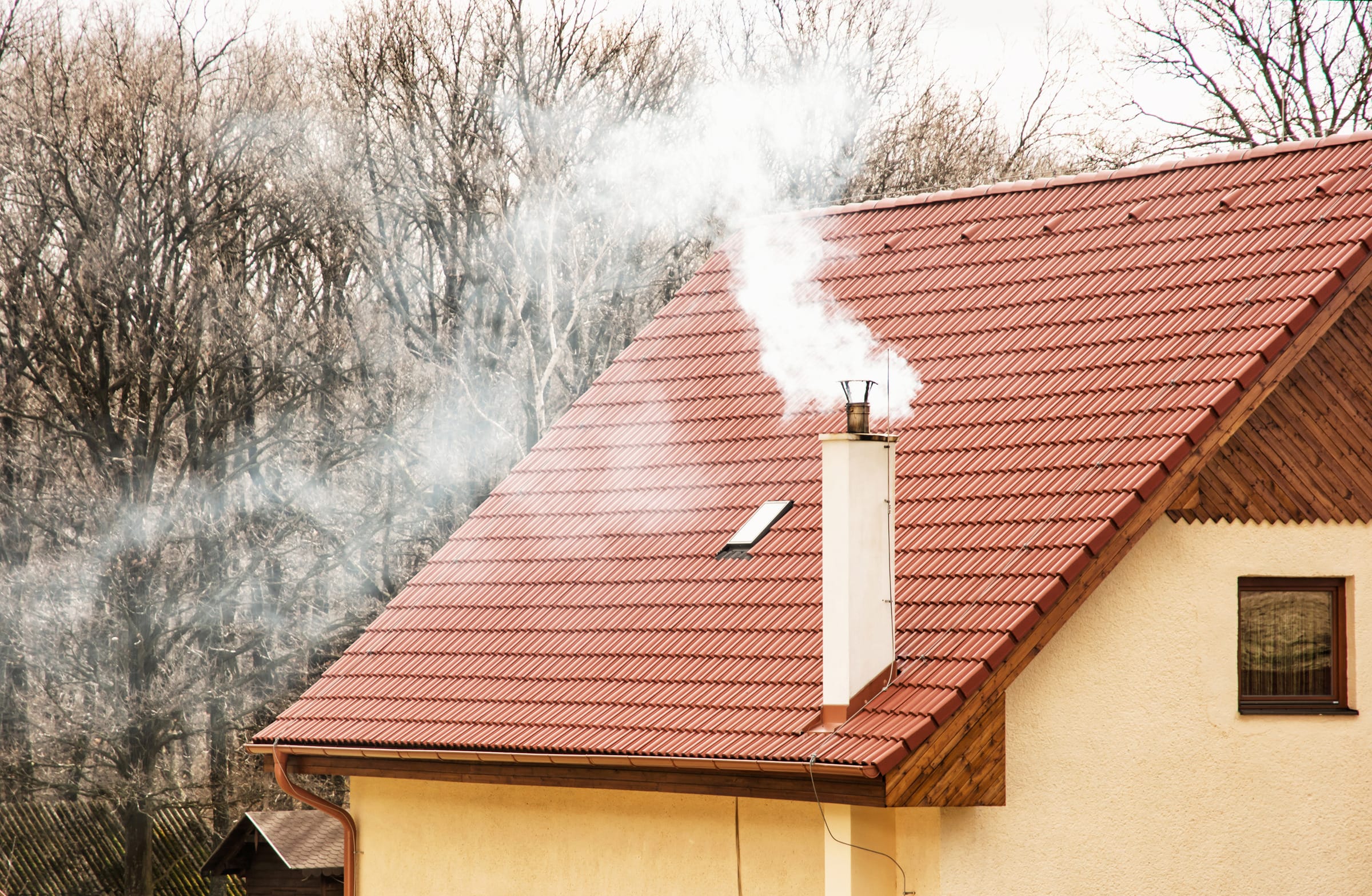
Keeping the heat from escaping up the chimney is essential for energy efficiency in your home. With proper insulation, you could gain up to 20 percent of the heat produced by your stove or fireplace. Fortunately, many simple techniques can help you keep the heat in and save money on utility bills. This guide will discuss the methods to keep heat from going up your chimney and how to maintain them properly.
A chimney balloon is an inflatable device that fits directly into your flue and creates an airtight seal to prevent warm air from escaping through the chimney. It's easy to install and remove when ready for use, making it ideal for occasional usage, like during summer or when not using your fireplace or stove for an extended period.
A metal cap placed at the top of your chimney will stop rainwater from entering and birds and other animals from nesting there. This also helps reduce downdrafts by blocking wind from entering your home through the top of your chimney. Additionally, a cap will also help prevent sparks from exiting through the top of your chimney and landing on nearby roofs or other combustible materials.
If you have an exposed flue pipe running through any part of your house, it's important to make sure it is properly insulated with high-temperature tape or cement before winter sets in so that cold air doesn't enter through these pipes instead of going up out of the chimney as intended. Additionally, ensure all connections along this pipe are properly sealed with a sealant so that no cold drafts can enter these areas either!
For best results, inspect these connections annually and apply additional sealant if necessary.
Fiberglass inserts are sheets of insulation placed directly into the opening of your fireplace or stove pipe and can help reduce heat loss up the chimney by providing an additional barrier. These inserts come in various shapes and sizes, so measuring your fireplace opening is important before purchasing one. Also, check for any existing insulation around the fireplace opening and ensure it's not blocking the fiberglass insert.
Having your chimney swept annually will help reduce the amount of creosote buildup in the flue, a highly combustible material that can cause chimney fires if left unchecked. Additionally, a clean chimney will help promote better airflow, allowing smoke and other combustion byproducts to exit your home more effectively.
By following these tips, you'll be well on your way to keeping the warm air produced by your stove or fireplace inside your home instead of escaping the chimney. Regularly inspecting and maintaining these methods will help you get the most out of your heating sources and keep your energy bills low.
Keeping heat from going up the chimney is important in maintaining energy efficiency and reducing utility costs. Several methods include installing a chimney balloon, cap, or fiberglass insert or using high-temperature tape or cement to seal any exposed flue pipes. Additionally, having your chimney swept annually will help reduce the amount of creosote buildup in the flue and promote better airflow.